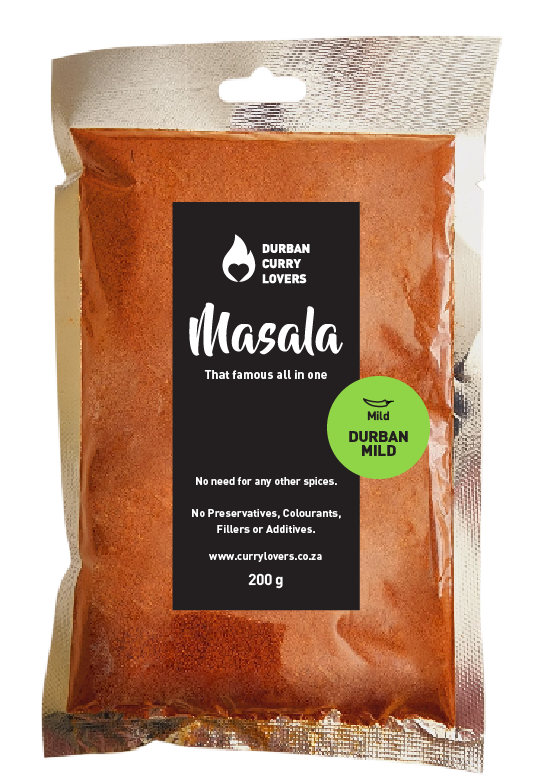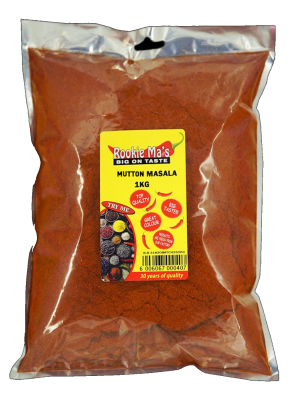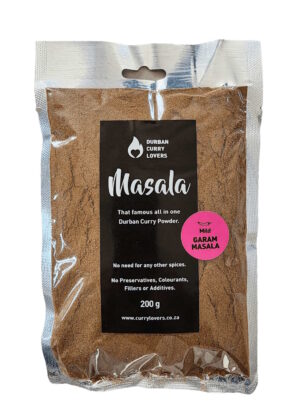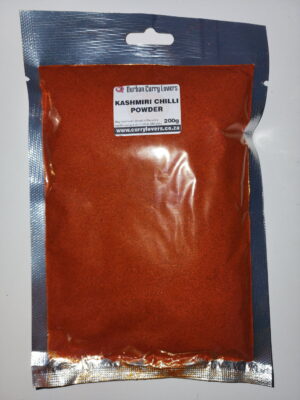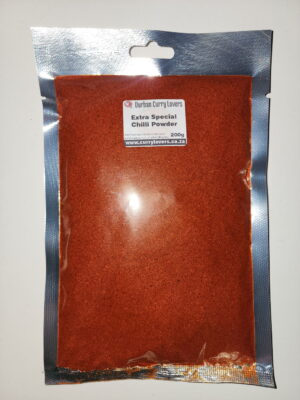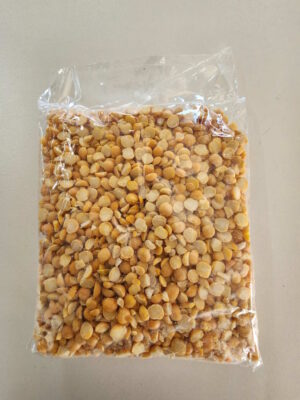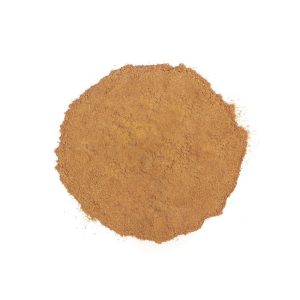
Durban Curry is a beloved dish known for its rich flavors and aromatic spices. However, sometimes the heat can be overwhelming, making it difficult for some to enjoy. Reducing the spiciness of a curry while maintaining its delicious taste is an art.
Here, we explore scientifically-backed methods to temper the heat in your curry.
Understanding the Science of Spiciness
The heat in curry primarily comes from capsaicin, a compound found in chili peppers. Capsaicin binds to receptors in the mouth and throat, triggering a sensation of heat and pain. Understanding this mechanism helps in finding effective ways to neutralize or reduce the spiciness.
Techniques to Reduce Curry Heat
1. Add Dairy Products
Dairy products such as yogurt, milk, and cream are highly effective in neutralizing capsaicin. Casein, a protein in dairy, binds to capsaicin and helps wash it away. Adding a dollop of yogurt or a splash of cream to your curry can significantly reduce its heat.
Scientific Basis: A study published in the journal “Critical Reviews in Food Science and Nutrition” explains that dairy products can reduce the burning sensation caused by capsaicin due to their fat content and casein protein .
2. Incorporate Acidic Ingredients
Acidic ingredients like lemon juice, vinegar, or tomatoes can help balance the heat. The acidity can neutralize the alkaline capsaicin, making the curry more palatable.
Scientific Basis: Research in “The Journal of Food Science” suggests that acids can alter the pH balance of capsaicin, reducing its spiciness .
3. Add Sweeteners
Sweeteners such as sugar, honey, or coconut milk can counteract the heat. The sweetness provides a contrasting flavor that can help mask the spiciness.
Scientific Basis: The “Journal of Sensory Studies” highlights that sugar can mitigate the perception of heat by providing a sweet distraction from the spiciness .
4. Include Starchy Ingredients
Starchy foods like potatoes, rice, and bread can absorb some of the capsaicin oils, reducing the overall heat. Adding these ingredients to your curry can help mellow its spiciness.
Scientific Basis: According to the “Journal of Food Science,” starches can absorb capsaicin, thus decreasing the intensity of the heat sensation .
5. Dilution
To reduce the intensity of your curry, you can dilute it by adding more ingredients such as vegetables or meat. Alternatively, you can cook a second, milder curry and mix it with the original. This will spread out the capsaicin, making each bite less intense.
Scientific Basis: A study from “Food Research International” confirms that increasing the volume of a dish can effectively dilute the concentration of capsaicin, reducing its spiciness .
6. Use Coconut Milk or Cream
Coconut milk and cream not only add a rich, creamy texture to your curry but also help in cooling down the heat. The fats in coconut milk bind with capsaicin, reducing its heat.
Scientific Basis: Research in “Nutrients” journal indicates that fats can mitigate the effects of capsaicin by dissolving and diluting it .
Practical Tips for Immediate Relief
If you find your curry too hot while eating, there are quick remedies to ease the burn:
- Consume dairy: Drinking milk or eating yogurt can provide immediate relief.
- Bread or rice: Eating a starchy side dish can help absorb the capsaicin.
- Avoid water: Water can spread the capsaicin oils, intensifying the heat. Opt for milk or a sweet drink instead.
Conclusion
Reducing the heat in a curry involves understanding the science behind spiciness and using effective techniques to counteract it. Whether by adding dairy, acidic ingredients, sweeteners, starches, or diluting the dish, you can enjoy a flavorful curry without the overwhelming heat. Experiment with these methods to find the perfect balance for your taste buds.
References
Sure! Here are the references with links:
- “Critical Reviews in Food Science and Nutrition” – The role of dairy in reducing capsaicin heat.
Link to article - “The Journal of Food Science” – The impact of acids on capsaicin spiciness.
Link to article - “Journal of Sensory Studies” – Sugar’s effect on heat perception.
Link to article - “Journal of Food Science” – Starch absorption of capsaicin.
Link to article - “Food Research International” – Dilution and its effect on capsaicin concentration.
Link to article - “Nutrients” – The role of fats in mitigating capsaicin effects.
Link to article
These links will provide you with the scientific backing for the methods discussed in the article.
By using these strategies, you can enjoy your curry with just the right amount of heat, ensuring a delightful culinary experience every time.
Try our MILD Durban Masala for all the flavour with a greatly reduced sting.
Mild Durban Masala (200g)
R69.00
You spoke we listened.
Out of stock
Notify me when the item is back in stock.
Additional information
| Weight | 0.2 kg |
|---|---|
| Dimensions | 23 × 15 × 1 cm |

